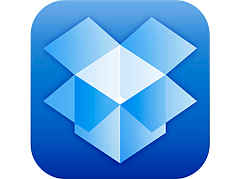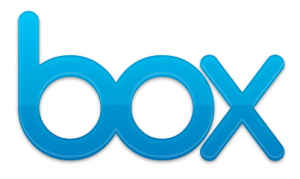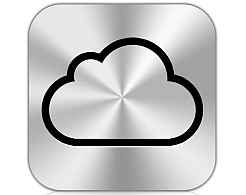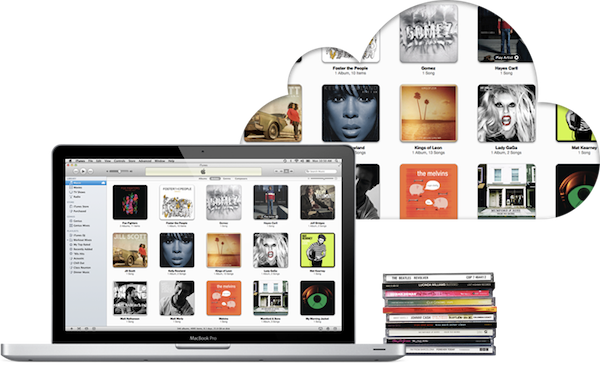Best cloud storage services to keep your data on

Despite bandwidth limitations, cloud storage has become fairly important for most users – source for backing up critical data or just an extension of space for files that you may need to access from anywhere. We rate the options…
For all the excitement about ‘future potential’ till 12 months back, cloud storage silently became a lot more along the way. It is now something that has become rather popular among the usual suspects – basically who need space to store a lot of data, and don’t bother deleting anything. Secondly, with cloud storage services being bundled along with a lot of smartphones and laptops these days, you may actually be using it without really noticing it.
If you haven’t started using one yet, maybe it is high time you should. What are the advantages? Many, actually. First up, you simply get extra space to keep your data on. Can be used as add on, on your laptop or smartphone or tablet. Secondly, this is the perfect solution to sync those critical documents across multiple machines. Third, cloud storage space can also be used as a backup option for some of your files. The scenario and usage pattern will vary from person to person.
Unfortunately, there really is no one service that does it all. Some will offer basic storage and sync, others will allow document creation and editing within the cloud and multi-platform sync via smartphone apps. Which one you pick will depend on what you need the service for. What we have here is a list of options that we have shortlisted via a painstaking process. What you pick will depend on how you will be using the service.
Dropbox
This is pretty much the household name when it comes to cloud storage. It rolls off the tongue like XEROX for the good old photocopy – and with good reason. The service is very simple to get the hang of, and get started with it. The sync between devices is seamless. There are apps for all the popular smartphone platforms, including the integrated avatar in the BlackBerry 10 File Manager. We have never faced a single issue with Dropbox in terms of reliability or acting up because it woke up on the wrong side of the bed this morning. The basic plan offers 2GB of storage for free, and you can increase that by successfully referring friends to sign up. There are regular promotion offers with popular smartphone manufacturers that offer free additional storage on your cloud storage account when you sign in from an eligible phone. The professional plans allow for a lot more storage – 100GB at $99 per year, 200GB at $199 per year and 500GB at $499 per year. What Dropbox misses out is an integrated document editor, and will only be the platform for your files, and the need for a third party office suite remains on every device.
Check it out here.
Why use Dropbox: Simple to sign and up and use, apps for all popular smartphone platforms, seamless syncing, space boost via activities and promotions
Why avoid Dropbox: No integrated document editor, pro plans are rather expensive
Google Drive
Anything Google has to do well, and has to be popular. Okay, well not everything. Yes, I am looking at you Google Wave! But, the good old Google Docs got a complete ecosystem around it and became Google Drive seamlessly. Even better for all those who swear by Docs, there is separate space for you to store and share the documents. You get 5GB of storage free by default. The more active users can upgrade to 25GB Drive space 25GB Gmail space for $2.49 per month ($30 per year). Want more? Get the 100GB Drive upgrade 25GB Gmail space for $4.99 per month ($60 per year). Suddenly, this looks less expensive than Dropbox. Additionally, you can hook up a bunch of apps to link up directly to Drive. But Google Drive has its shortcomings, mostly because it is a more serious product. Not all files can be saved on this space, with the focus being on documents primarily, and on photos with Picasa. Dropbox has the ultimate advantage here, because it will save and store any file format you throw at it.
Check it out here.
Why use Google Drive: Mature upgrade of the Docs service, online docs’ collaboration and editing suite, inexpensive storage plans with the additional Gmail space boost
Why avoid Google Drive: Will not play friendly with certain file formats, sync across devices isn’t as smooth as Dropbox
Microsoft SkyDrive
As a full-fledged service, SkyDrive has been around for quite some time now. Tied in nicely with Hotmail and offered 25GB storage space free. To top that off, there was the desktop client as well to sync data between multiple PCs. But, it didn’t really come into notice till recently, when Microsoft gave SkyDrive a makeover to make it look closer to Windows 8. Incidentally, SkyDrive also became popular when Microsoft cut down the free storage from 25GB to 7GB! So much for being intelligent beings. Over time, the online version of Microsoft Office good added into the mix, bringing it at par with Gmail and Drive. The client for almost all smartphone platforms makes this rather useful. Additional storage options for those who will utilize the space to the fullest – 20GB for $10 per year, 50GB for $25 and 100GB for $50 – make this rather less costly than Google Drive and Dropbox. If you happen to be using Windows 8 on the desktop or on a smartphone, this service is rather well integrated into the OS.
Check it out here.
Why use SkyDrive: At par with Google Drive in terms of email integration and online document editing suite, no whims and fancies regarding formats it supports, affordable storage upgrade plans
Why avoid SkyDrive: No SkyDrive app for Windows Explorer
Box
This is a service that is clearly designed more for the business users than the home users. Mostly because of the gamut of enterprise features like project collaboration, sales portal and secure file sharing. However, home users can take advantage of the free 5GB plan. Where it has the advantage over Dropbox is the third party apps that let you edit documents online using Google Docs link-up. The desktop client is slightly clunky, and for a novice user, too many apps and complicated settings can get a tad overwhelming.
Check it out here.
Why use Box: More free storage than Dropbox, integration with Google Docs for online editing and collaboration
Why avoid Box: Complicated service structure, too many apps to get a hang of, desktop client isn’t very neat
I have an iPhone…
In that case, you can pretty much use the best services we have listed above. However, before you do jump in and inevitably criticize the writer for being an incoherent buffoon, let us just specify that Amazon Cloud Drive is not available in India. And Apple’s iCloud and iTunes Match are meant to do things in a different way. Unless you own one or more Apple devices, they really won’t make too much sense. But, if you do, you need to get the services set up properly.
iCloud
Simply put, this will keep some of your data synced across whatever Apple devices you have – the Macs, iPhone, iPad or the iPod Touch. Covered within the capabilities of iCloud are photographs (known as Photo Stream), mails, contacts, calendars and reminders, notes, safari bookmarks and documents created using the Apple office suite on any of the devices. What you cannot do is access most of this data on a non-Apple device. There is now a Windows desktop version for the iCloud control panel, allowing access to photos via a folder in Windows Explorer, while stuff like mails and contacts are only available via Outlook or on iCloud.com. Apple offers the basic free plan with 5GB free storage, but that can be upgraded. Add another 10GB for $20 per year, 20GB for $40 per year and 50GB for $100 per year. This can be done from an iOS device itself – upgrade or downgrade. Set this up correctly, and can be a real time saver by keeping all data synced between multiple devices hooked to the same ecosystem.
iTunes Match
Again, this is not your typical cloud storage thing that lets you access data from anywhere. The premise behind iTunes Match is to have your music on the cloud, a maximum of 25000 songs while at it, and you can access them on your iPhone, iPod or any machine with iTunes. Streaming is neat. When iTunes Match identifies songs on your library, it matches that with what is available on the iTunes Store. All songs that aren’t available on the store are uploaded, in their entirety, and made available seamlessly across all devices, DRM free. The cost for keeping music on the cloud is Rs. 1,200 per year (you can opt out at any time before the next renewal date), and trust us when we say this – it is something that feels rather useful once you get used to it. Plus, what you get is additional storage to keep the tunes on, since iOS devices have limited storage.






